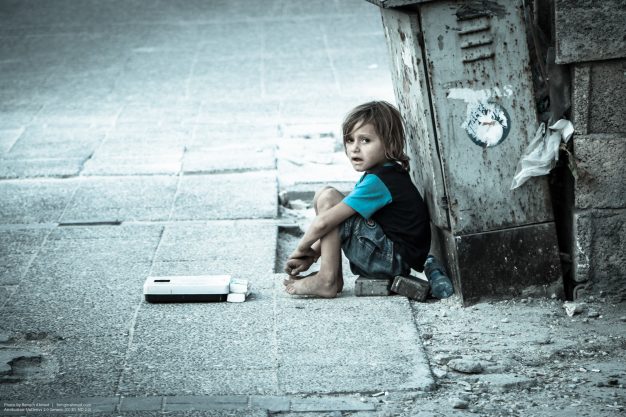
Nearly half of Argentine children in cities are in poverty
A lack of running water and toilets in the home tells a stark story about why almost of half of Argentine children in cities live in poverty, according to a new report.
Argentina Catholic University (UCA) and the Observatory of Argentina Social Debt (ODSA) surveyed nearly 6,000 people last year across the urban conurbations of what is the eighth largest country in the world.
Sanitary conditions
Their key conclusion was that 48.1 per cent of children residing in urban areas live in a home whose average income is below the Canasta Basica Total, the amount to rise above the poverty line, of 15,135 Pesos a month (approximately 518 US Dollars). Around 10 per cent of these children were revealed to be living in what is termed ‘severe poverty’, households where the income doesn’t exceed $6,189 pesos ($212 dollars) a month.
Nearly a quarter – 24.7 per cent – of children and adolescents (up to the age of 17) don’t have access to basic sanitary operations like running water and/or a flushing toilet at home. Around 30 per cent live in houses that are labelled as unsafe due to the materials used in their construction, while 19 per cent of children were registered as not having sufficient access to education in 2017.
‘vulnerable situation’
The report reveals other high levels of deprivation, such as insufficient food (10 per cent), basic health care (23.3 per cent) and technology (15 per cent). A further 17 per cent were described as being in a ‘vulnerable situation emotionally or intellectually’ in the first three years of life.
It lends weight to the assertion that the country continues to have deep economic disparities between income, wealth and living standards. Despite having the second largest economy in South America, and being officially classified by the World Bank in the 2018 fiscal year as a ‘upper-middle-income’ country, around a third of citizens are still living below the poverty level.
Fluctuated
In conclusion, the report’s authors say that 65 per cent of children, or more than eight million children in a country of over 44 million people, are experiencing some form of deficiency. Although the figures have fluctuated over the past few years, the average remains fairly steady, despite improved access to information technology.
The full report (in Spanish only) is available online.




